Discover or revisit some of the squares that give life to cities, towns and villages from the North to the South of the country.
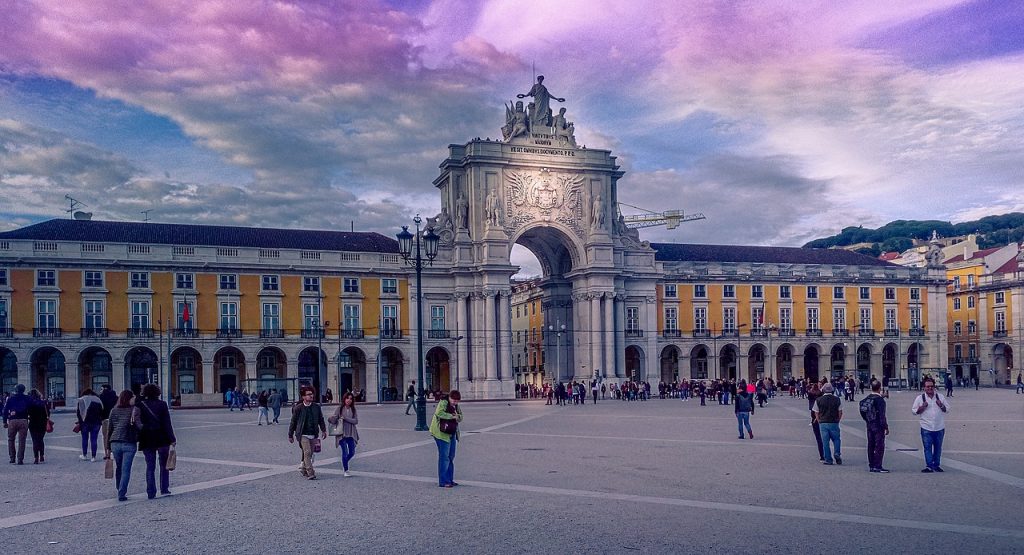
Central places in almost all Portuguese towns, squares are open, dynamic spaces for tourism and leisure, which serve as a meeting place for the population.
They are also, in their great majority, historical and architectural elements of enormous relevance, as they are among the oldest urban pieces of a population.
For all their charm, squares perfectly convey the identity and liveliness of a place and are areas of unparalleled beauty.
Discover or revisit some of the most beautiful squares in Portugal.
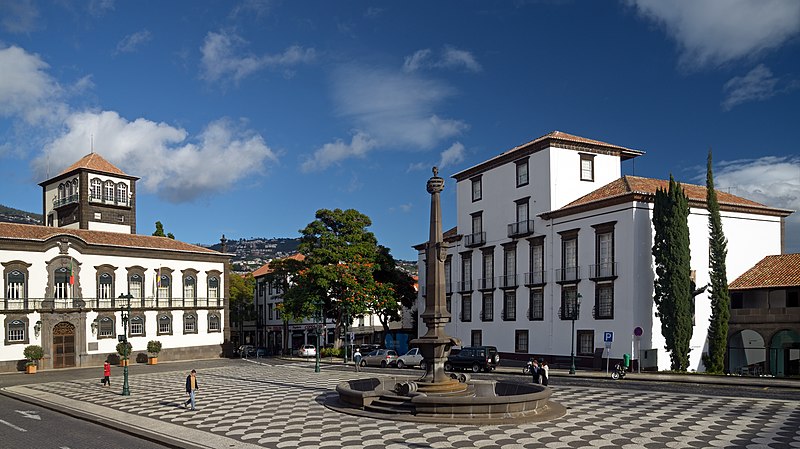
Praça do Município, Funchal, Madeira
Surrounded by buildings of great heritage value, such as the Town Hall and the church of São João Evangelista, Praça do Município is Funchal’s main square. At its centre, it features a fountain with an obelisk bearing the city’s arms, dating from 1942.
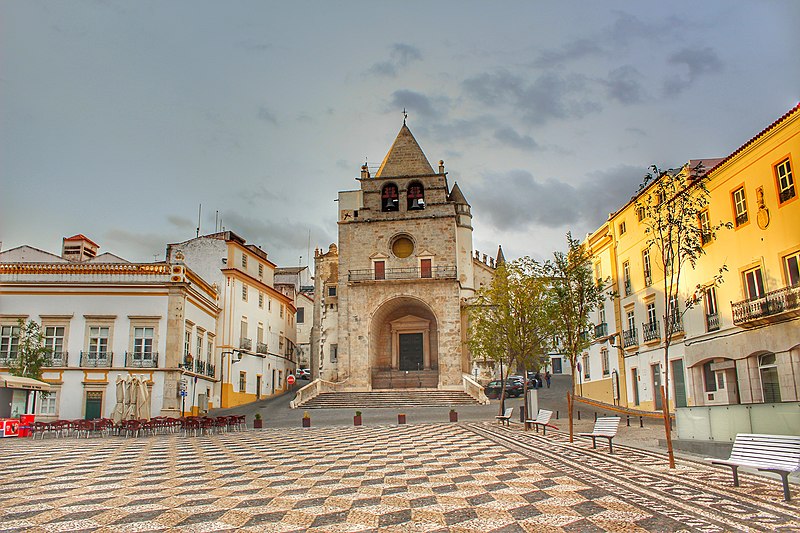
Giraldo Square, Évora
Giraldo Square marks the historic centre of Évora. This is a very popular square with a particular charm which stands out for its neoclassical and romantic façades.
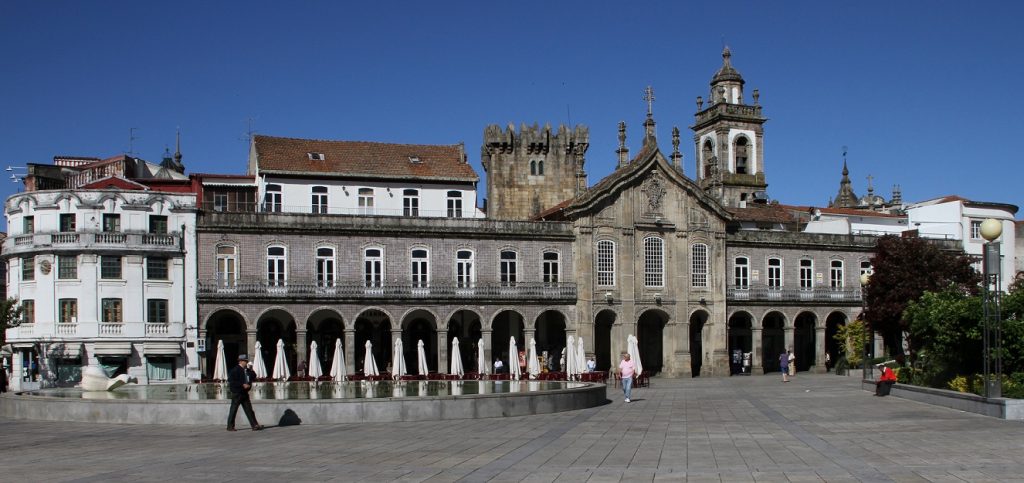
Praça da República, Braga
With its several arcades built in 1715, this square also represents the heart of the Minho capital. Some of its main highlights are the fountain, the Lapa Church and its cafés.
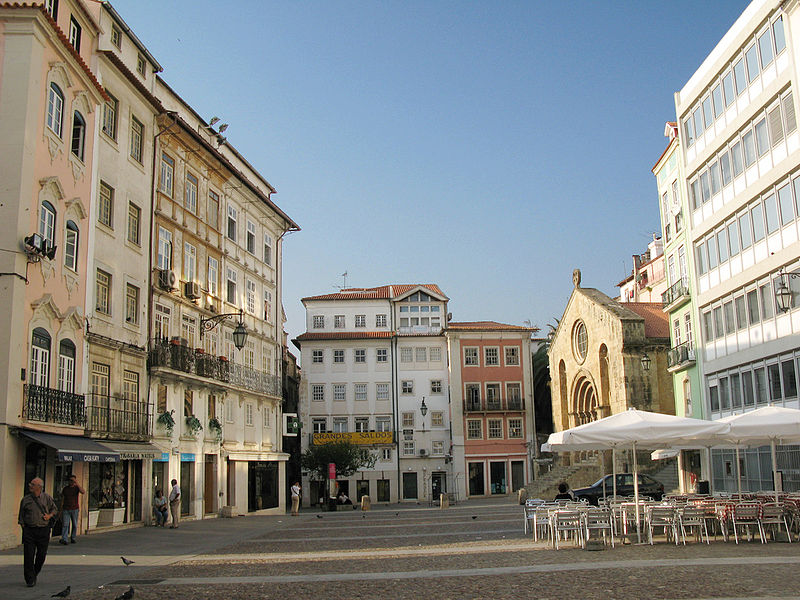
Praça do Comércio, Coimbra
Lively and full of restaurants and shops, in this square you can also find the churches of São Tiago and São Bartolomeu.
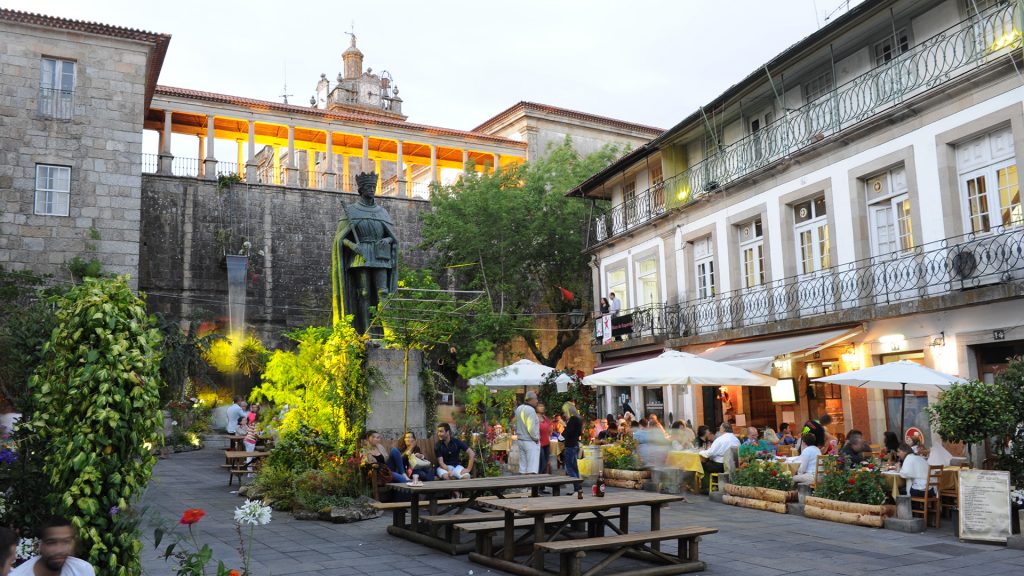
Praça Dom Duarte, Viseu
With the statue of King Duarte in the centre, built in 1955, the square is next to the south wing of the Sé Cathedral.
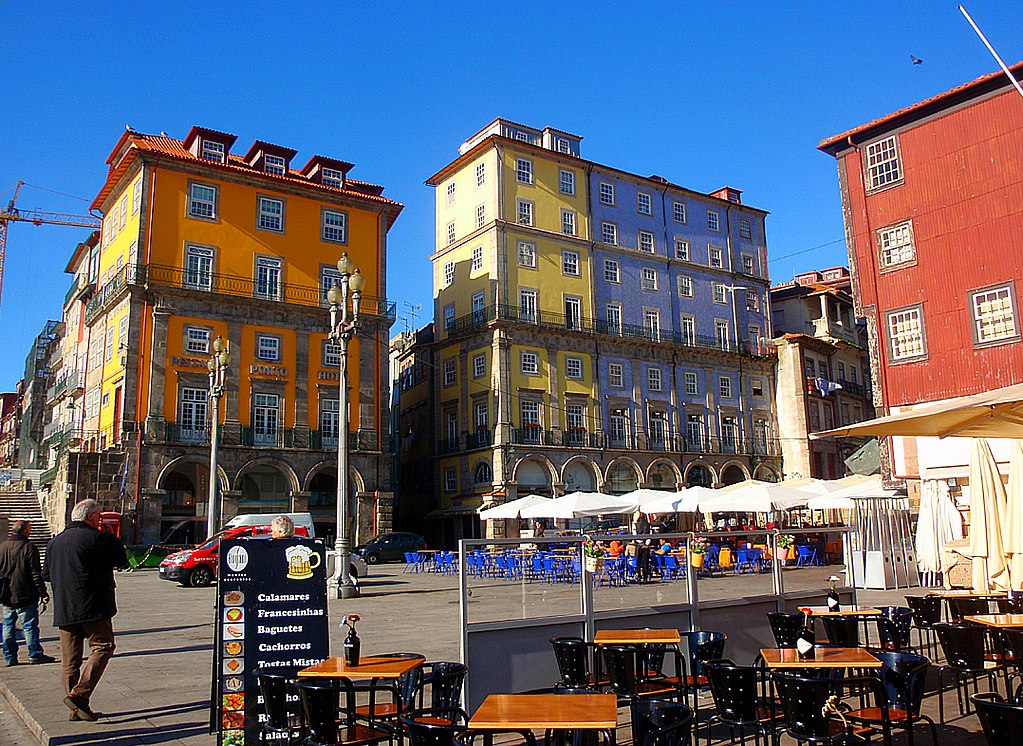
Praça da Ribeira, Oporto
Located on the bank of the Douro River, this is one of the busiest areas of the city of Porto and one of its oldest squares. A must-visit tourist spot, several restaurants and other attractions are located here.
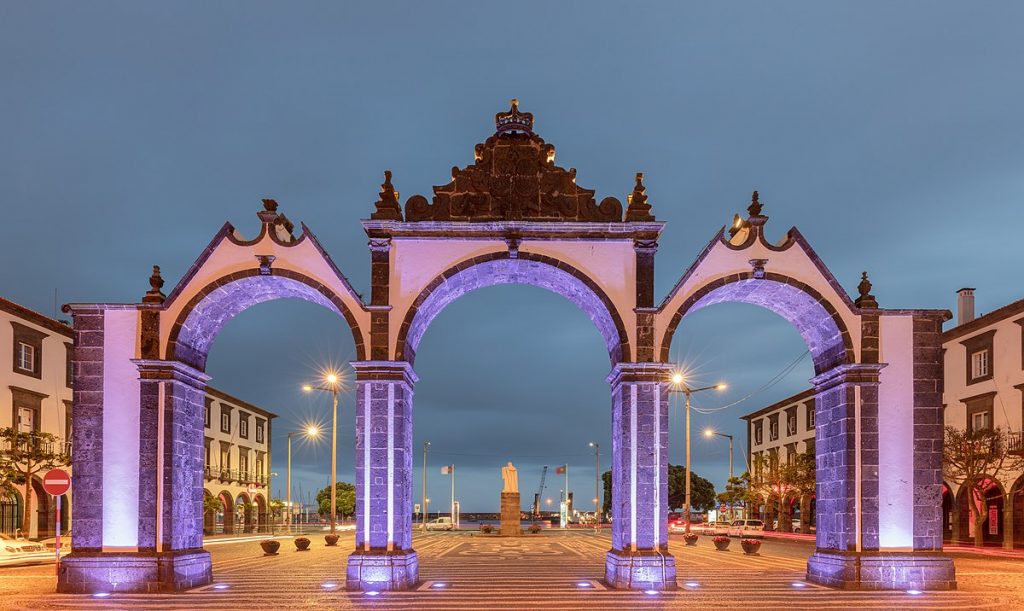
Portas da Cidade, Ponta Delgada, Azores
A building of public interest since 1953, this square gives life to many events that take place in the city and is one of the most visited places in Ponta Delgada.
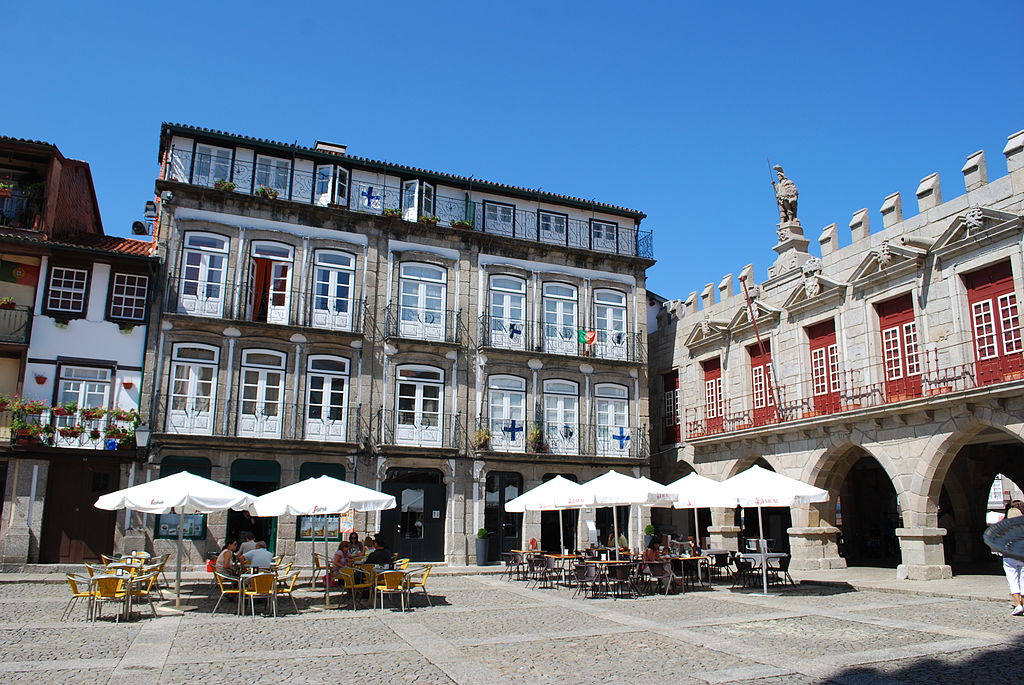
Largo da Oliveira, Guimarães
This beautiful and historical square shelters centenary buildings, being an example of heritage preservation. The Convent of Nossa Senhora da Oliveira and the church of Oliveira stand out.
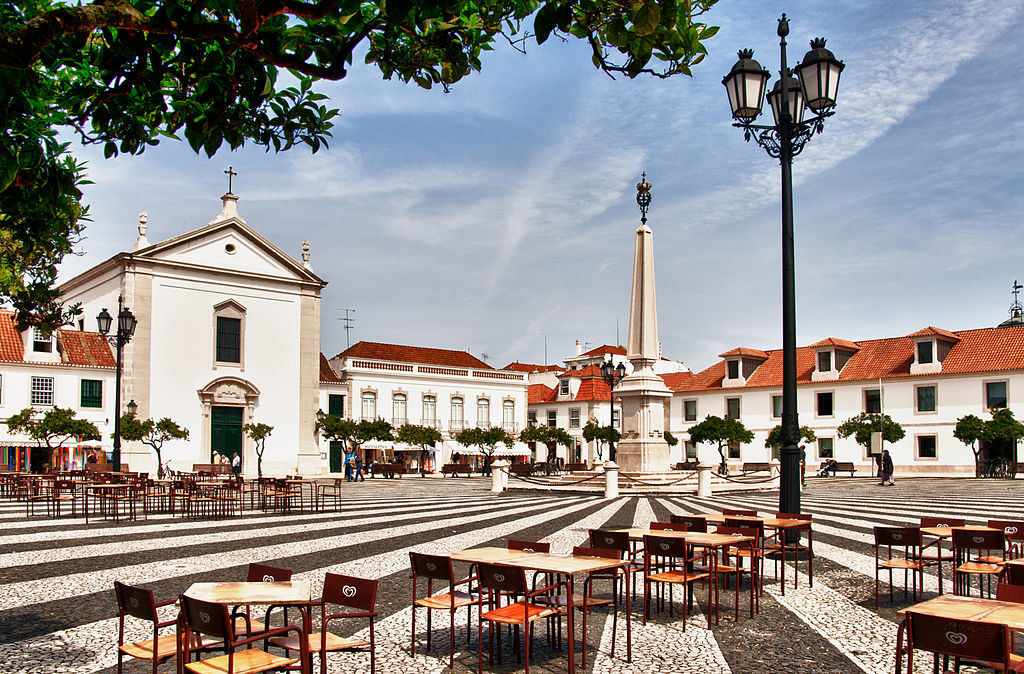
Praça Marquês de Pombal, Vila real de Santo António
The square of this former fishing village is named after the man responsible for creating the city’s architecture: the illustrious Marquês de Pombal. It, therefore, has some similarities with the architecture of downtown Lisbon.
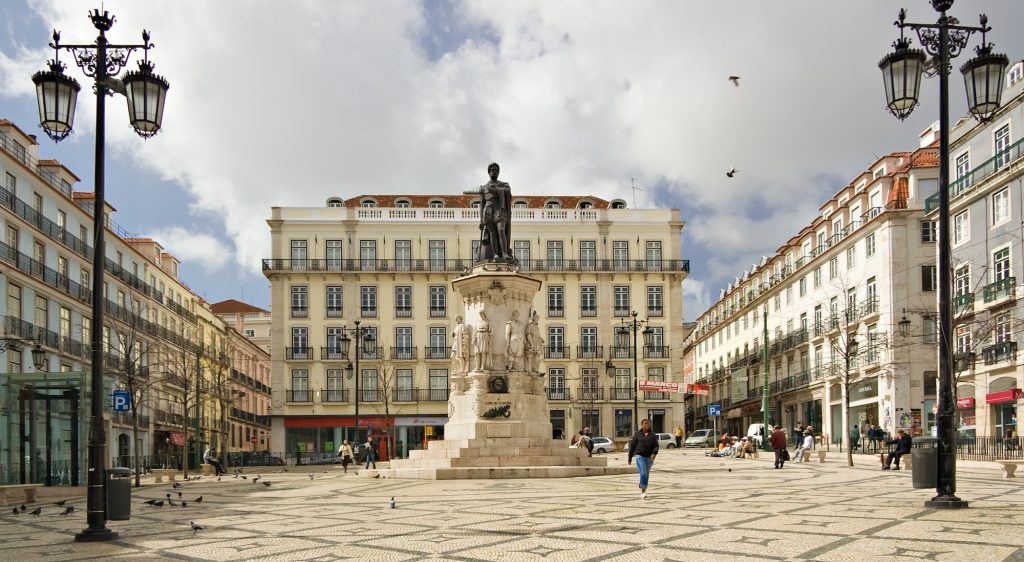
Largo de Camões, Lisbon
With the statue of Luís de Camões at its centre, this is one of Lisbon’s busiest areas, located between Bairro Alto and Chiado.
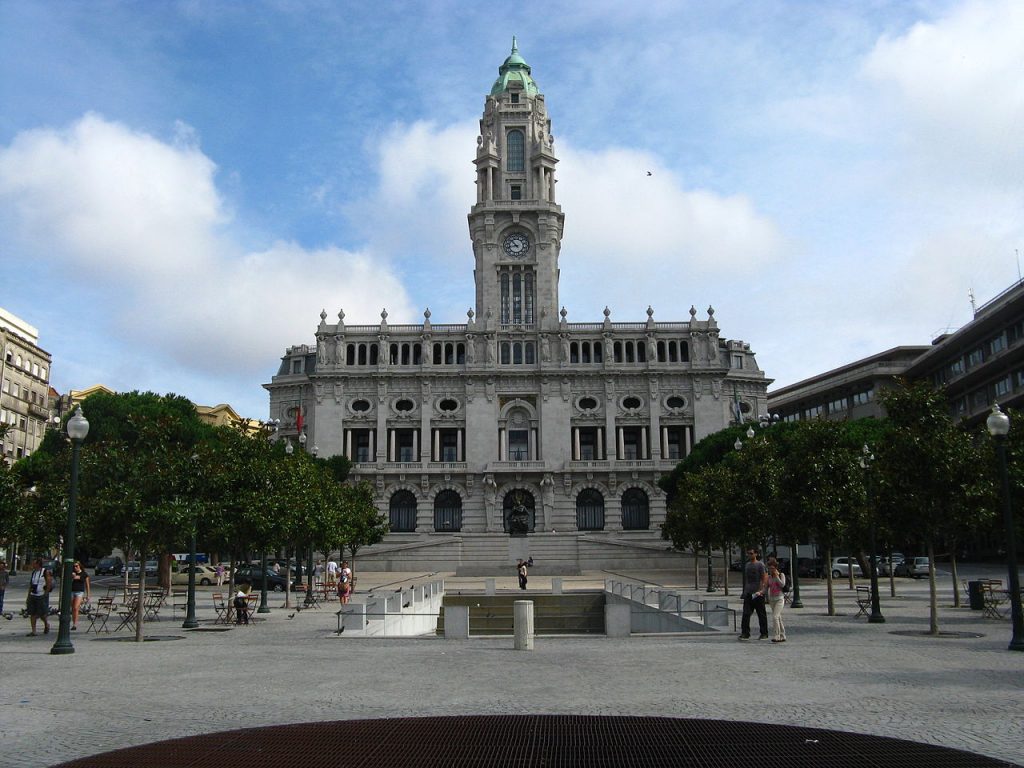
Avenida dos Aliados, Porto
As the name suggests, the avenue intends to pay homage to the allied countries of the First World War. This avenue encompasses Praça da Liberdade and Praça General Humberto Delgado, which form a continuous urban area forming the avenue.
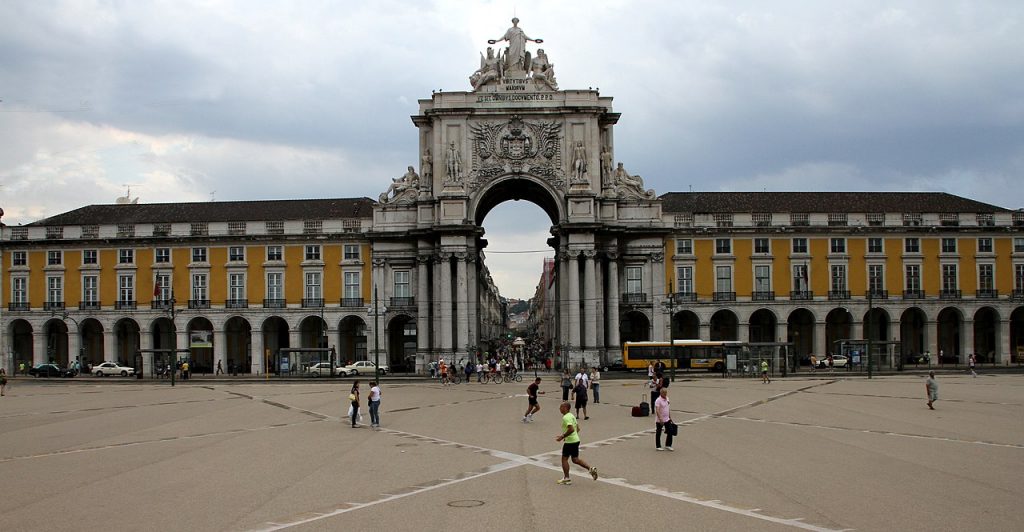
Praça do Comércio, Lisbon
Praça do Comércio is also like a stage open to the sea and one of Lisbon’s main “doors”. Considered one of the most beautiful squares in all of Europe, it is particularly relevant as it is one of the symbols of the rebirth of Portugal and of the architectural reconstruction led by the Marquis of Pombal after the 1755 earthquake.
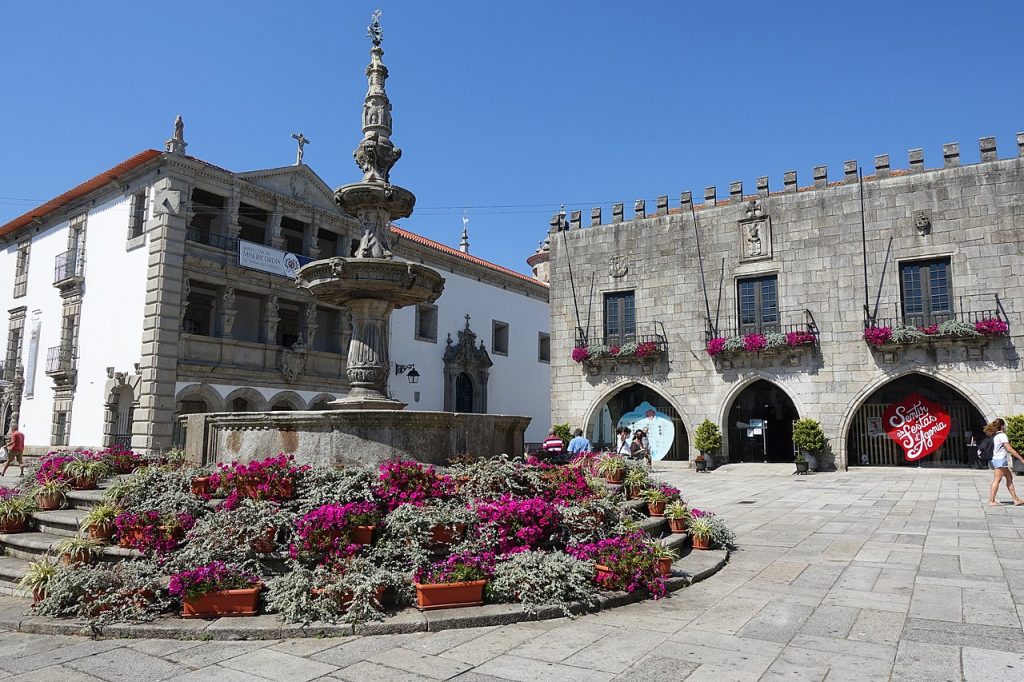
Praça da República, Viana do Castelo
The emblematic square was once the most important centre of Viana do Castelo, since the Hospital and the Church of Misericórdia and the Paços dos Concelho were located here. Nowadays it houses the Costume Museum. In its centre is the fountain with the same name as the square.
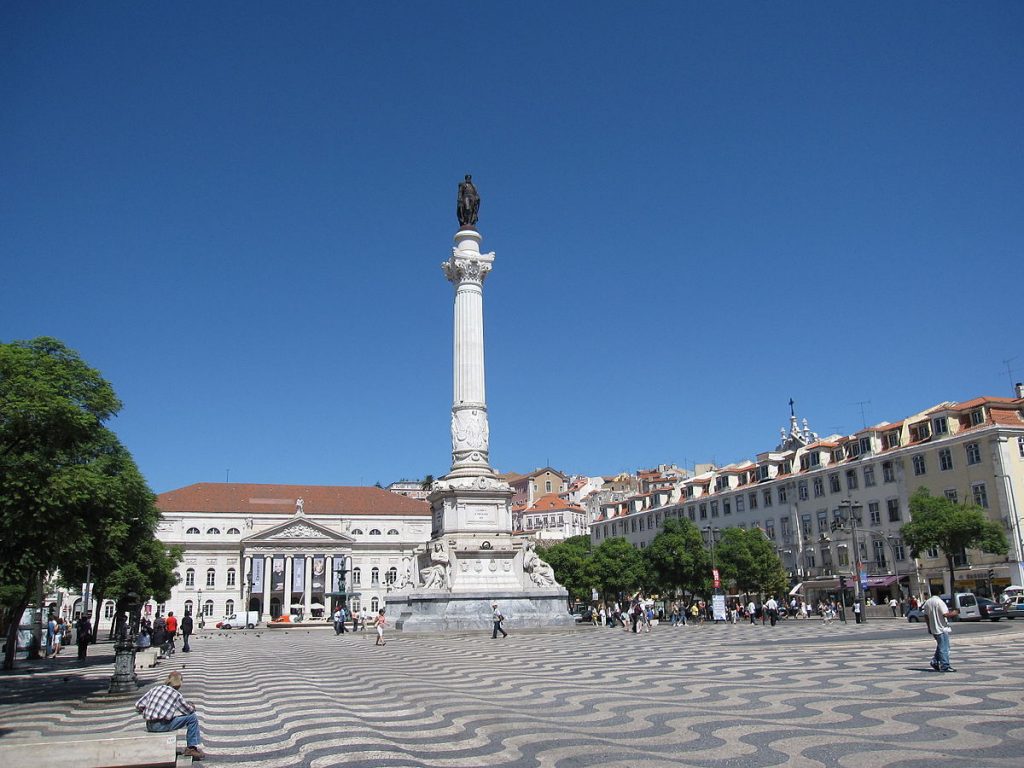
Praça Dom Pedro IV, Rossio, Lisbon
This square, which was a hippodrome in Roman times, is an imposing place of unparalleled beauty. In addition to the statue of Dom Pedro IV, which gives the square its name, the buildings that surround the place, namely the Dom Maria II Theatre, and the Portuguese paving that covers it, are also noteworthy.
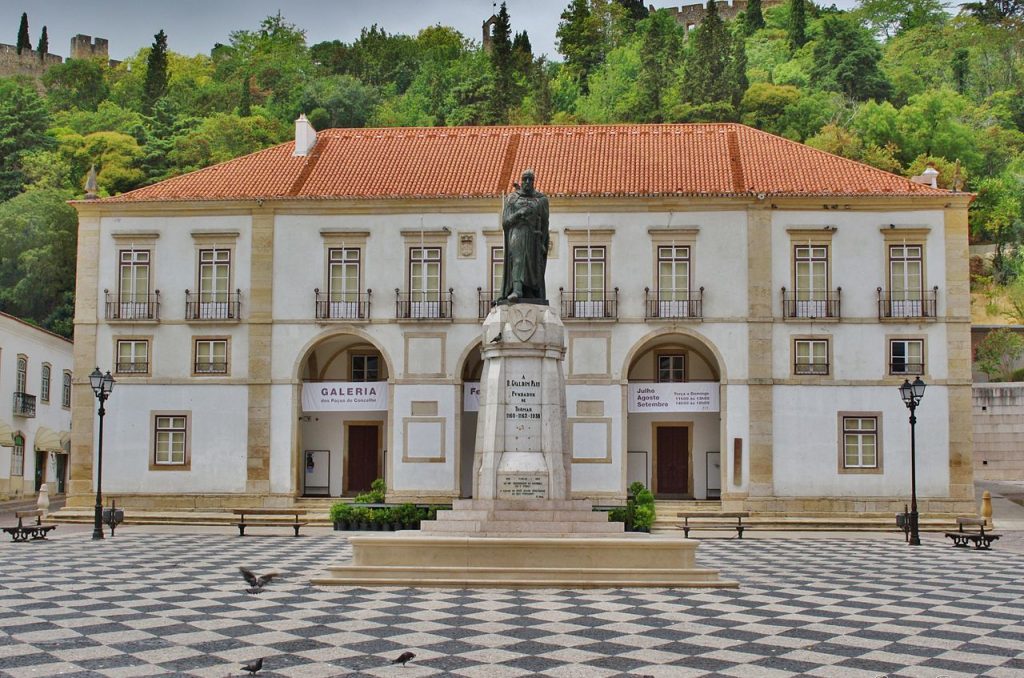
Praça da República, Tomar
Known as the city of the Knights Templar, this is Tomar’s main square and its centrepiece is the statue of D. Gualdim Pais, a Knight Templar who was also the founder of the city. The Paços do Concelho (Town Hall), the Palace of Dona Maria da Silveira and the Church of São João Batista are the most emblematic buildings located there.
Photos: Wikimedia Common
Source: Sapo Viagens
